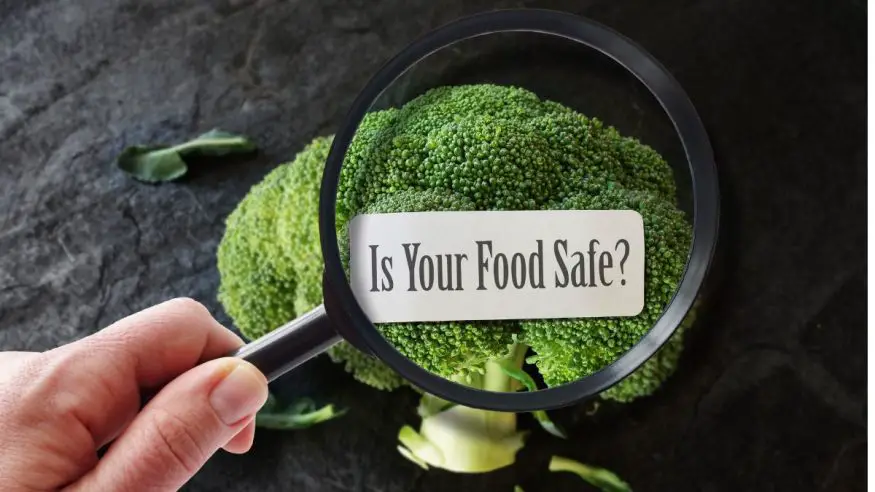
Food Processing Industry: Challenges And Ways To Overcome Them
August 22, 2022The food processing industry transforms raw food grains, fruits, vegetables, or dairy products into merchandise that have a high shelf life. They have better taste and more nutritious values; for instance, products like jams, jellies, juices, etc. The food processing industry has excellent potential as it makes products that are used by all households regularly. This sector generates a lot of employment and helps reduce the problem of high food wastage.
Sometimes, when you cannot sell raw vegetables and fresh fruits, they perish and get wasted eventually. However, the food processing industry uses these fruits and vegetables to make good food products. If the processed products have a unique taste and conform to high standards of hygiene, then they can provide huge profits. There are several challenges that the food processing industry has to face and overcome on an everyday basis..
Challenges That The Food Processing Industry Has To Overcome

Difficulties In Living Upto The Food Safety Standards
Processed foods like juices, jams, and jellies must conform to high food safety standards. The fruits and vegetables used for processing undergo long periods of storage. Hence there is a high probability that they might begin to rot.
Also, if the acidity levels of the jams and juices are not kept under tight check, they begin to harbor microorganisms. The growth of bacteria in canned food produces several life-threatening diseases like Botulism and Shigellosis. Hence, governments worldwide have set very high safety standards for these industries.
Thus, food processing industries try their best to operate under sterile conditions. Minimizing the scope for human contact reduces the chances of bacterial growth. If clean automated machines are used for all processes, bacterial growth cases can be significantly reduced. Hence, these industries try to use automatic can sealing machines for sealing containers, mechanical blades for cutting raw materials, etc.
Limited Availability Of Equipment
Food processing industries need equipment like blades, valves, mixers, sorting machines, etc. Due to financial constraints, the appropriate equipment may sometimes be unavailable. In many of these industries, sorting and cleaning operations are done manually.
Again, the workers might lack the technical know-how required to operate all the equipment. All this reduces the overall efficiency of the industry.
For instance, valves are a must to control the movement of liquids and gasses while processing raw materials. Sometimes you have to stop or open the flow of a substance totally, and sometimes it has to be done in a controlled manner. In such cases, you must know the utility of gate valve versus globe valve.
For example, while making mango juice from mango pulp, the flow of the pulp into the blending unit is regulated depending on the density of the pulp. And while storing the prepared juice in storage units, the flow is either opened or closed. In the first case, you should use a globe valve which allows a regulated flow of substance, but in the latter case should use the gate valve, which either opens or closes the flow.
Despite serving different purposes, many processing units use a gate valve where a globe valve is to be used, resulting in imperfect regulation of liquid flow.
Also, many food processing industries use hand-held devices for mixing and blending. Since humans operate these devices, the chances of imperfection increase considerably. Thus, these industries invest in automated processes over the long term. They can also regularly train their workers to use the equipment efficiently.

Lack Of Economic Sustainability
Food processing industries frequently suffer from a lack of economic sustainability. Several factors reduce the profit margins of these industries, such as stiff competition, high food safety compliance burdens, etc. There are two ways in which these industries can improve their profit margins.
Firstly, these industries can undertake a cost-cutting exercise. They can use custom-made spare parts for costly machines like food slicing machines from non-branded companies. The spare part components production market for many industries, from shipping to automobiles, is growing daily. For instance, aftermarket car parts manufacturers produce custom-required car parts that are cheaper and compatible with a wide range of car brands. Likewise, the food processing industries can use spares like actuators from spare part producers.
The second way to increase profit margins would be by increasing sales. The industry builds a reputation if the industry supplies high-quality products over a long period. Likewise, if the processed products are well advertised, sales can increase. Improving product packaging and expanding the market’s geographical reach can also generate greater profits.
Conclusion
The food processing industry has to deal with pests, government policies, and other challenges. However, there are examples of small-scale food processing units that have become huge brands. These brands are famous names not only within their country of origin, but they are well known for their products across the world. Thus, using innovative ideas and dedicated efforts, all challenges can be dealt with effectively.



 With over 15 years of reporting hydrogen news, we are your premier source for the latest updates and insights in hydrogen and renewable energy.
With over 15 years of reporting hydrogen news, we are your premier source for the latest updates and insights in hydrogen and renewable energy.
Very informative blog. Thanks for sharing this useful information.
nice post